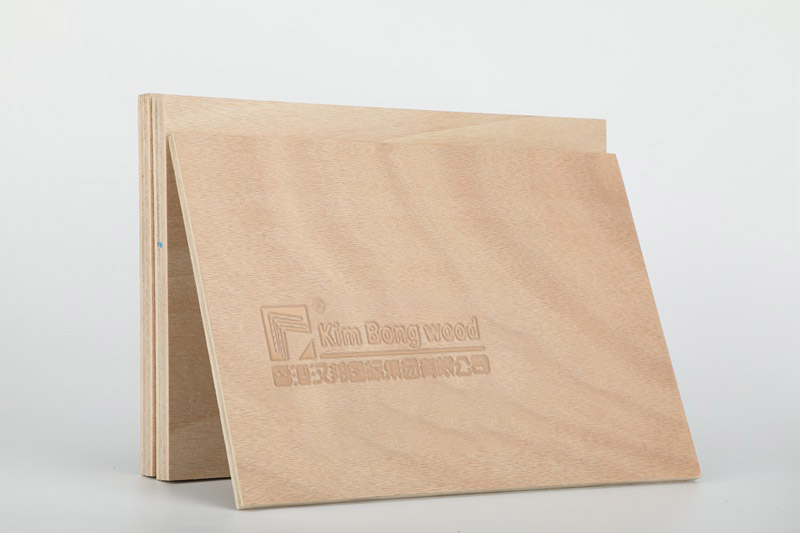Engineering Flame Retardant Board The Ultimate Fire Protection for Construction and Design
Construction and manufacturing industries equally regard safety and integrity, particularly in respect to protecting from fire. Engineering Flame Retardant Boards have emerged as an important provision for achieving fire risk protection without compromising the strength of structure and flexibility of design. With these boards, known for their self-extinguishing characteristics, the range of operational application includes building construction and industrial works. The advantages, scopes of usage and benefits of firebanned engineered boards in contemporary engineering construction are discussed in this article.

1. What is an Engineering Flame Retardant Board?
An engineering flame retardant board is a composite board which is specifically designed to withstand fire and inhibit flame propagation. Such boards are manufactured using chemically treated fibers mixed with fire resistant resins and they go through strict test regulation systems in compliance with the fire dependency of the industry specific standards which allows them to be used in extreme and hazardous environments. In addition to providing the requisite fire resistance, the boards are also manufactured to provide long term durability and reliability.
Durable Composition: These boards are manufactured using high quality materials that are chemically engineered which gives them excellent durability and resistance during extreme conditions without affecting their strength.
Fire Safety Compliance: The engineering of flame retardant boards assists in meeting certain fire safety standards making it easy for builders as well as manufacturers to adhere to fire safety regulation.
2. Exploitation in Different Industries
The use of engineering flame retardant boards is not only useful for one set industry but can be utilized in a myriad of industries. They are particularly useful in the construction and building sectors where bulk fire protection is required in structural and decoration applications either in the commercial or residential construction.
Construction and Building: For such boards, such as selling points, wall coverings, ceiling boards or partition boards each possess a certain degree of fire resistance which reduces risk hence provides a safety enhancement for the entire construction. They are specifically useful for multistorey buildings, public infrastructure and commercial facilities due to the need for fire safety.
Industrial Equipment Enclosures: With regard to industrial equipment, enclosures or cabinets that serve to protect sensitive machinery and electrical appliances from fire can be efficiently constructed using engineering flame retardant boards.
Transportation and Marine Applications: Another application for these boards is in the interiors of vehicles and marine applications such as structural panels since their weight is quite low but fire resistance is highly required.
3. Key Advantages of Engineering Flame Retardant Boards Su Qingxin with Internal Frame V Surranan with Internal Frame 3dhim PEB Factory in the Philippines
The drawbacks do not just end with the use of engineering flame retardant boards for fire protection alone. Their strength, low cost, and various uses means that builders, manufacturers, and designers prefer using these materials.
Improved Security: These panels work as an effective fire barrier hence mitigating the risk of fire and increasing the safety of the occupants within the buildings and vehicles.
Monetarily Advantageous: Because of their resilience and the great service life of flame-retardants boards, these boards provide a cost-effective option in situations where fireproofing and structural strength is required.
Adaptability in Design: There are many types of flame retardant boards in various sizes and finishes suitable for different design and performance requirements which makes their usage broad.
Conclusion
Regardless of these constructions complexity, engineering flame retardant boards are a crucial, equally practical, and fireproofing element for modern, construction designs. Their characteristics of versatility, regulatory compliance, and economy make builders and manufacturers eye them as premium fireproof solutions. With the changing safety requirements, the need for engineering flame retardant boards is growing, which facilitates their provision as a basic in fire-resistant design and architecture.

